Code: 04536953
Icons and Iconoclasm in Japanese Buddhism
by Pamela D. Winfield
Pamela D. Winfield offers a fascinating juxtaposition and comparison of the thoughts of two pre-modern Japanese Buddhist masters on the role of imagery in the enlightenment experience. Kukai (774-835) believed that real and imagin ... more
- Language:
 English
English - Binding: Paperback
- Number of pages: 230
Publisher: Oxford University Press Inc, 2013
- More about this

You might also like
-

CNC Cookbook
24.74 € -

Reallionaire
12.82 € -21 % -

Central Banking - Theory and Practice in Sustaining Monetary and Financial Stability
80.52 € -18 % -

Creativity, Wisdom, and Trusteeship
102.34 € -

Spiritual Life
14.64 € -19 % -

Welfare
30.50 € -

Communist Party of Great Britain Since 1920
121.34 €
Give this book as a present today
- Order book and choose Gift Order.
- We will send you book gift voucher at once. You can give it out to anyone.
- Book will be send to donee, nothing more to care about.
More about Icons and Iconoclasm in Japanese Buddhism
You get 163 loyalty points
 Book synopsis
Book synopsis
Pamela D. Winfield offers a fascinating juxtaposition and comparison of the thoughts of two pre-modern Japanese Buddhist masters on the role of imagery in the enlightenment experience. Kukai (774-835) believed that real and imagined forms were indispensable to his new esoteric Mikkyo method for "becoming a Buddha in this very body" (sokushin jobutsu), yet he deconstructed the significance of such imagery in his poetic and doctrinal works. Conversely, Dogen (1200-1253) believed that "just sitting" in Zen meditation without any visual props or mental elaborations could lead one to realize that "this very mind is Buddha" (sokushin zebutsu), but he too privileged select Zen icons as worthy of veneration. In considering the nuanced views of Kukai and Dogen, Icons and Iconoclasm in Japanese Buddhism updates previous comparisons of their oeuvres and engages their texts and images together for the first time in two decades. Winfield liberates them from sectarian scholarship, which has long pigeon-holed them into iconographic/ritual vs. philological/philosophical categories, and restores the historical symbiosis between religious thought and artistic expression that was lost in the nineteenth-century disciplinary distinction between religious studies and art history. Winfield breaks new methodological ground by proposing space and time as organizing principles for analyzing both meditative experience as well as visual/material culture and presents a wider vision of how Japanese Buddhists themselves understood the role of imagery before, during, and after awakening.
 Book details
Book details
Book category Books in English Humanities Religion & beliefs Buddhism
65.26 €
- Full title: Icons and Iconoclasm in Japanese Buddhism
- Subtitle: Kukai and Dogen on the Art of Enlightenment
- Author: Pamela D. Winfield
- Language:
 English
English - Binding: Paperback
- Number of pages: 230
- EAN: 9780199945559
- ISBN: 0199945551
- ID: 04536953
- Publisher: Oxford University Press Inc
- Weight: 346 g
- Dimensions: 234 × 170 × 11 mm
- Date of publishing: 07. March 2013
Trending among others
-

Mindfulness in Plain English
11.31 € -28 % -

Pema Choedroen's Compassion Cards
14.34 € -21 % -
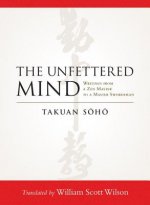
Unfettered Mind
16.06 € -20 % -
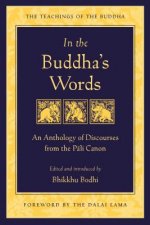
In the Buddha's Words
18.99 € -27 % -
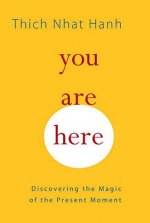
You Are Here
14.34 € -11 % -

Mindfulness of Breathing
18.28 € -28 % -

Wisdom of Insecurity
14.54 € -13 % -
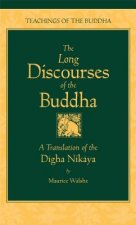
Long Discourses of the Buddha
35.45 € -36 % -
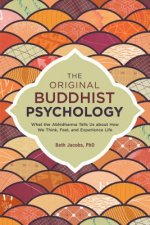
Original Buddhist Psychology
15.15 € -21 % -

Hundred Thousand Songs of Milarepa
37.47 € -17 % -

Heart Advice from a Mahamudra Master
15.75 € -1 % -

Compassion Book
12.82 € -18 % -

Pagan Portals - Zen Druidry
11.81 € -17 % -
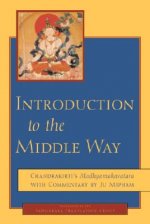
Introduction to the Middle Way
32.22 € -20 % -

Radical Acceptance
22.32 € -
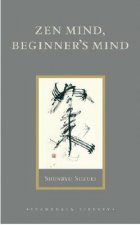
Zen Mind, Beginner's Mind
16.46 € -22 % -

When Things Fall Apart
11.10 € -22 % -

Preparing to Die
28.28 € -21 % -

When Things Fall Apart
15.85 € -21 % -
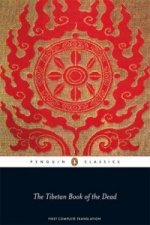
Tibetan Book of the Dead
13.33 € -28 % -

The Book of Joy
15.25 € -20 % -
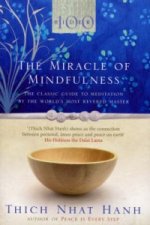
The Miracle Of Mindfulness
11.31 € -28 % -
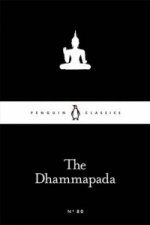
The Dhammapada
3.32 € -28 % -
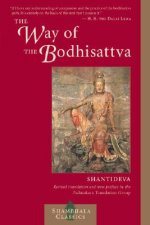
Way of the Bodhisattva
15.55 € -14 % -

Right Concentration
20.20 € -28 % -
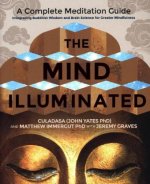
Mind Illuminated
23.23 € -28 % -
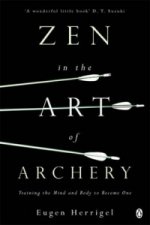
Zen in the Art of Archery
11.31 € -28 % -

Healing with Form, Energy, and Light
15.75 € -13 % -
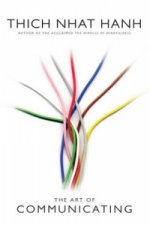
Art of Communicating
14.64 € -23 % -

The Way of Zen
13.02 € -28 % -
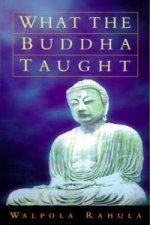
What the Buddha Taught
12.92 € -9 % -
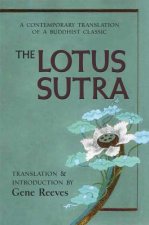
Lotus Sutra
11.61 € -26 % -
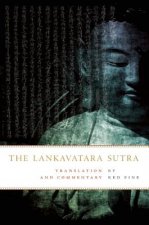
Lankavatara Sutra
16.26 € -23 % -
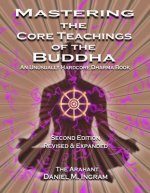
Mastering the Core Teachings of the Buddha
45.66 € -24 % -

Don't be a Jerk and Other Practical Advice from Dogen, Japan's Greatest Zen Master
15.65 € -21 % -
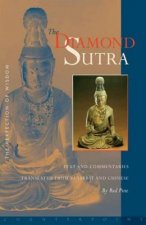
Diamond Sutra
19.29 € -28 % -

Heart Sutra
15.55 € -14 % -
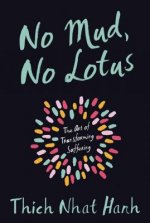
No Mud, No Lotus
15.25 € -6 % -
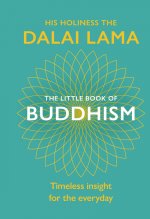
Little Book Of Buddhism
7.16 € -24 % -

Zen Gardens
37.27 € -8 % -

Who Ordered This Truckload of Dung?
14.44 € -20 % -

Falling into Grace
14.74 € -26 % -
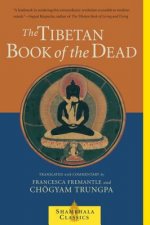
Tibetan Book of the Dead
15.15 € -16 % -
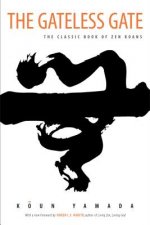
Gateless Gate
15.15 € -34 % -
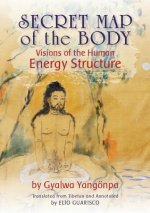
Secret Map of the Body
32.22 € -
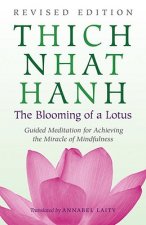
Blooming of a Lotus
14.14 € -18 % -
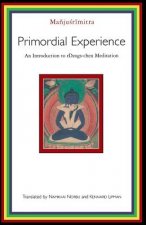
Primordial Experience
22.52 € -13 % -

Mini Zen Gardening Kit
6.25 € -32 % -

Zen Golf
13.33 € -28 %
Collection points Bratislava a 2642 dalších
Copyright ©2008-24 najlacnejsie-knihy.sk All rights reservedPrivacyCookies



 15549 collection points
15549 collection points Delivery 2.99 €
Delivery 2.99 € 02/210 210 99 (8-15.30h)
02/210 210 99 (8-15.30h)